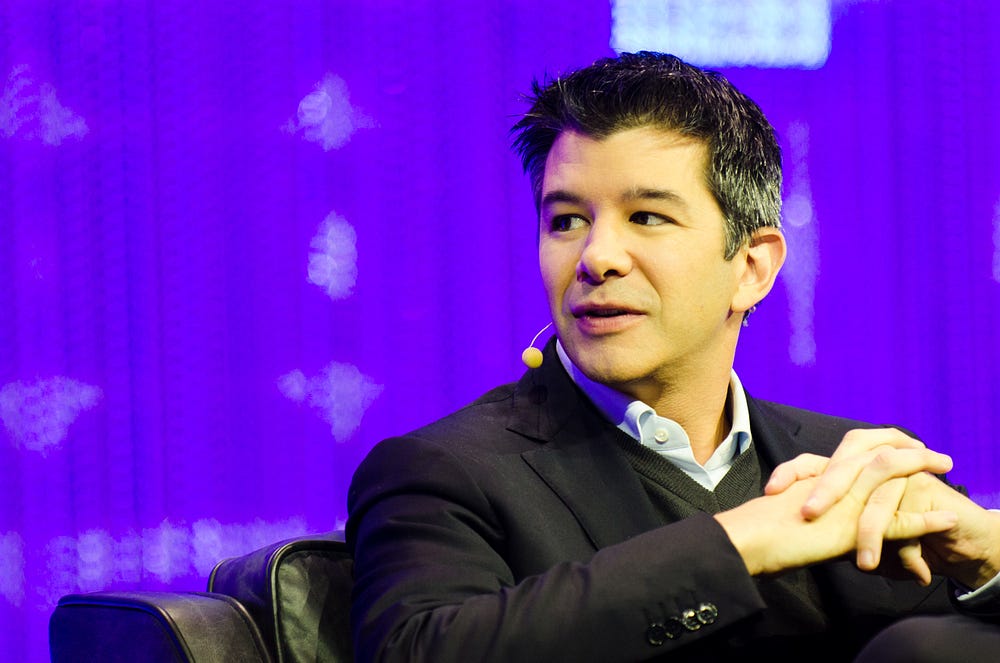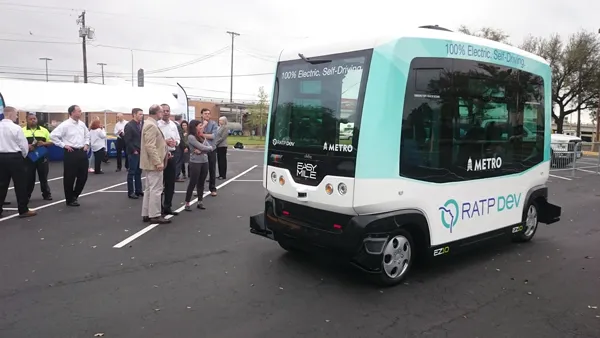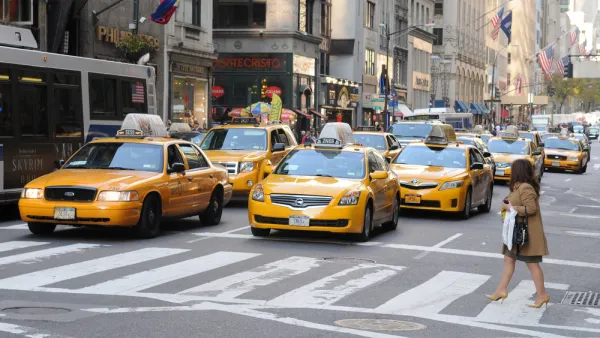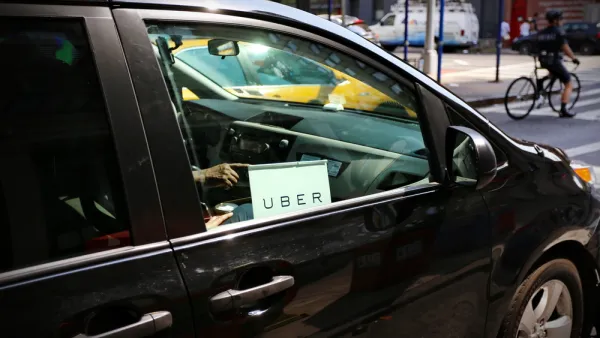Uber needs only a few more years to start its driverless mobility services. Meanwhile its million-plus self-employed drivers are providing the company with money, data, and future customers before their jobs get permanently ditched.
What Uber has done, since it started seven years ago, is to lay a sweet trap for people willing to become taxi drivers, but without the means and qualifications to get a license. Initially Uber advertised itself as a “sharing economy” enterprise, allowing any safe driver to augment his/her income by working a few hours a week providing rides.
Back in 2014, in an interview during the Code Conference, Uber CEO Travis Kalanick claimed that the more drivers there are out there, the more reliable the service, the more trips per hour every driver can do. As pick up times get shorter, he argued, drivers will be going from trip to trip without down time. “When trips per hour go up, then pricing can come down, and they can make the same income,” he said. “When pricing comes down you can bring more riders and drivers into the system.” None of this is a selling point for Uber drivers.

A recent report by British MP Frank Field, chair of the work and pensions committee, found that Uber drivers are “feeling forced to work extremely long hours, sometimes more than 70 a week, just to make a basic living,” and that Uber “treats its drivers as Victorian-style ‘sweated labour’.”
Asked about self-driving cars, Kalanick was clear about the future: “Look, this is the way the world is going. If Uber doesn’t go there, it’s not going to exist either way. ”
FULL STORY: Uber drivers are helping company kill their own jobs

National Parks Layoffs Will Cause Communities to Lose Billions
Thousands of essential park workers were laid off this week, just before the busy spring break season.

Retro-silient?: America’s First “Eco-burb,” The Woodlands Turns 50
A master-planned community north of Houston offers lessons on green infrastructure and resilient design, but falls short of its founder’s lofty affordability and walkability goals.

Delivering for America Plan Will Downgrade Mail Service in at Least 49.5 Percent of Zip Codes
Republican and Democrat lawmakers criticize the plan for its disproportionate negative impact on rural communities.

Test News Post 1
This is a summary

Test News Headline 46
Test for the image on the front page.

Balancing Bombs and Butterflies: How the National Guard Protects a Rare Species
The National Guard at Fort Indiantown Gap uses GIS technology and land management strategies to balance military training with conservation efforts, ensuring the survival of the rare eastern regal fritillary butterfly.
Urban Design for Planners 1: Software Tools
This six-course series explores essential urban design concepts using open source software and equips planners with the tools they need to participate fully in the urban design process.
Planning for Universal Design
Learn the tools for implementing Universal Design in planning regulations.
EMC Planning Group, Inc.
Planetizen
Planetizen
Mpact (formerly Rail~Volution)
Great Falls Development Authority, Inc.
HUDs Office of Policy Development and Research
NYU Wagner Graduate School of Public Service





























